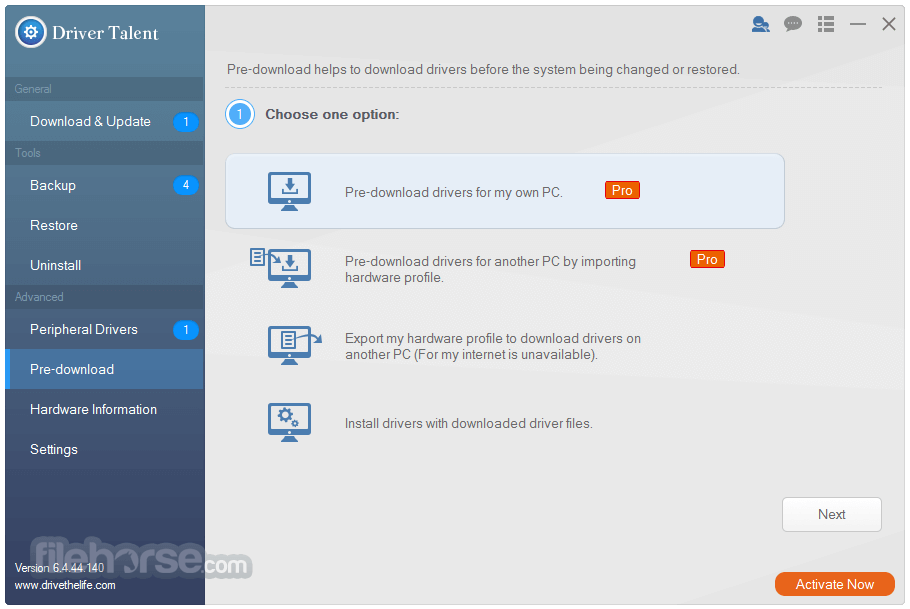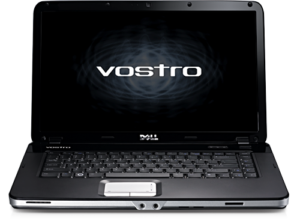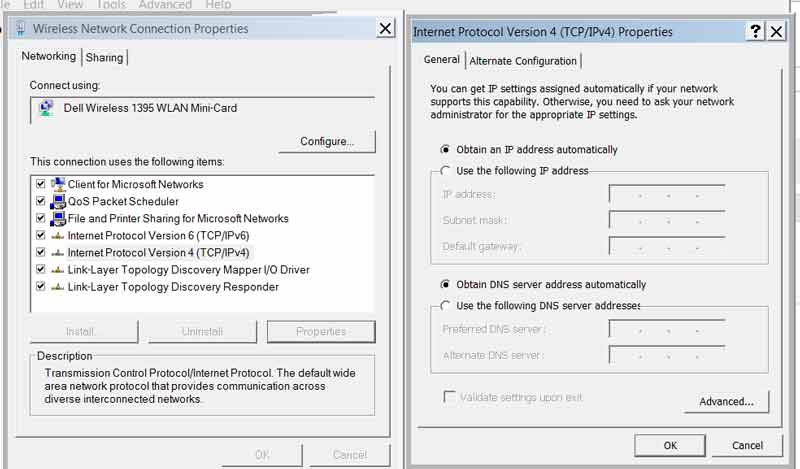Enhance workforce productivity with cutting-edge wireless networking solutions from Dell EMC

Enterprise class wireless networking - simple, reliable and secure
- Cutting edge indoor and outdoor wireless technology
- Intuitive, secure network management and analytics
- Fewer number of APs to deploy and manage compared to competition
- Consistent, reliable WiFi performance at scale even in most challenging environments
Dell EMC Wireless Networking solutions include access points, virtual, physical appliance and cloud-based network controllers and value-added hardware appliances and software for enhanced security, network planning, visualization and analytics tools.
Dell PowerEdge Servers: reliable custom built servers for your small business data centers to improve IT productivity and workload performance.Shop Dell.com for the latest deals on PowerEdge Rack & Tower Servers. Explore Dell business technology solutions for computers, servers, storage and computer accessories. Discover technology that can improve your business. Dell EMC Networking applies a rigorous process in qualifying and maintaining all optics to guarantee a strict adherence to IEEE standards, as well as stringent reliability testing to guarantee a consistent and trustworthy solution. All optics and cables released by Dell EMC Networking have passed a. DELL EMC Networking. Dell EMC Networking solutions are based on an open ecosystem, enabling organizations to choose from industry-standard network applications, network operating systems and network hardware.

Dell EMC Ruckus wireless
Dell EMC Ruckus wireless solutions deliver reliable, simple, seamless and secure connectivity even in most challenging indoor and outdoor environments.
Reliable, simple, seamless and secure wireless connectivity anywhere
Designed for the most challenging indoor and outdoor environments, Dell EMC Ruckus wireless solutions power some of the world’s largest outdoor Wi-Fi deployments serving millions of connected devices.
Wireless networking solutions for small and medium business (SMB)
Small and medium businesses that increasingly depend on internet connectivity, employee productivity and customer satisfaction require uninterrupted, untethered network access.
Public Wi-Fi in smart cities
Smart cities around the world are embracing Wi-Fi technology to enhance citizens lifestyle, increase economic growth and make the city more efficient. Dvb-tv mobile phones & portable devices driver download for windows 10.
Essential Resources
Essential wireless networking resources
Dell EMC Networking Ruckus Quick Reference Guide
- From offering expert advice to solving complex problems, we've got you covered.
Force10[edit]
Virtual Link Trunking or VLT is a proprietaryaggregation protocol developed by Force10 and available in their datacenter-class or enterprise-class network switches. VLT is implemented in the latest firmware releases (FTOS) for their high-end switches like the S-, Z- and E-series 10/25,40 and 100 Gbit/s datacenter switches.[1][2][3] Although VLT is a proprietary protocol from Dell Networking (formerly Force10) other vendors offer similar features to allow users to set up an aggregated link towards two (logical) different switches, where a standard aggregated link can only terminate on a single logical switch (thus either a single physical switch or on different members in a stacked switch setup) like Cisco vpc or MLAG.
VLT is a layer-2 link aggregation protocol between end-devices (servers) connected to (different) access-switches, offering these servers a redundant, load-balancing connection to the core-network in a loop-free environment, eliminating the requirement for the use of a spanning-tree protocol.[2] Where existing link aggregation protocols like (static) LAG (IEEE 802.3ad) or LACP (IEEE 802.1ax) require the different (physical) links to be connected to the same (logical) switch (such as stacked switches), the VLT, for example, allows link connectivity between a server and the network via two different switches.
Dell Network & Wireless Cards Driver Download For Windows 10
Instead of using VLT between end-devices like servers it can also be used for uplinks between (access/distribution) switches and the core switches.[3]
A major complication of existing link aggregation or bonding technologies is that all members interfaces of such a team/group need to terminate on one single logical switch. Beside increasing bandwidth another reason for link aggregation is redundancy. To make it possible to connect a LAG to different physical switches is to combine more than one physical switch into one logical switch using switch stacking techniques where the different physical boxes are seen as one logical switch for management and (spanning-tree) topology. The switches running in a stacked configuration always have to run the same firmware, which means that in case of a firmware upgrade the network manager has to implement the new firmware on all stack-members at the same time, resulting in an outage of the entire stack.The alternative is to have different logical switches, but then one of the used links will have to be blocked to ensure a loop-free topology (which can partially be overcome by using Multiple Spanning Tree or Cisco's proprietary per VLAN spanning tree. Spanning Tree Protocol is relatively slow in convergence, which can result in periods that traffic can't be forwarded over the network - and thus leads to outages of the applications.
VLT should address all these issues, making it possible to create a loop free redundant network topology without using the Spanning Tree Protocol.[3] An example configuration how it works can be found on the Blog Geslinux written by Grzegorz Witkowski[4]
3Com[edit]
Prior to supporting standardized IEEE 802.1Q tagging, 3Com used proprietary Virtual LAN Trunking (VLT).[5] Download eutron usb devices driver download. 3Com VLT supported VLAN IDs 1–16 with 15 being reserved for Autoselect VLAN Mode (where a VLAN server decides port membership) and 16 reserved for Spanning Tree Protocol.

See also[edit]
- IEEE 802.1aq (Shortest Path Bridging)
- MC-LAG - multi chassis LAG
- Virtual PortChannel - the Cisco (Nexus) and Dell Networking (DNOS6.x) proprietary implementations of MC-LAG
References[edit]
Dell Network & Wireless Cards Driver Download For Windows 10 7
- ^Datacenterknowledge.com: F10's open-cloud networking, 27 April 2011. Visited: 26 June 2012
- ^ abITWorldcanada.com blog: F10 taking datacenters in zettabyte era, Jim Duffy, 26 April 2011. Visited: 26 June 2012
- ^ abcInter NMS website: Playing Nice with Force10, 16 May 2012. Visited: 29 July 2012
- ^Geslinux blog Dell Force10 S4810 Virtual Link Trunking (VLT) Sample Configuration, 28 June 2012. Visited 2 July 2013
- ^'Connecting Common VLANs Between Switch Units'. SuperStack II Switch 3000 TX 8 Port User Guide. June 1997. Document No. DUA1694-1AAA04.
Dell Network & Wireless Cards Driver Download For Windows 10 32-bit



Comments are closed.